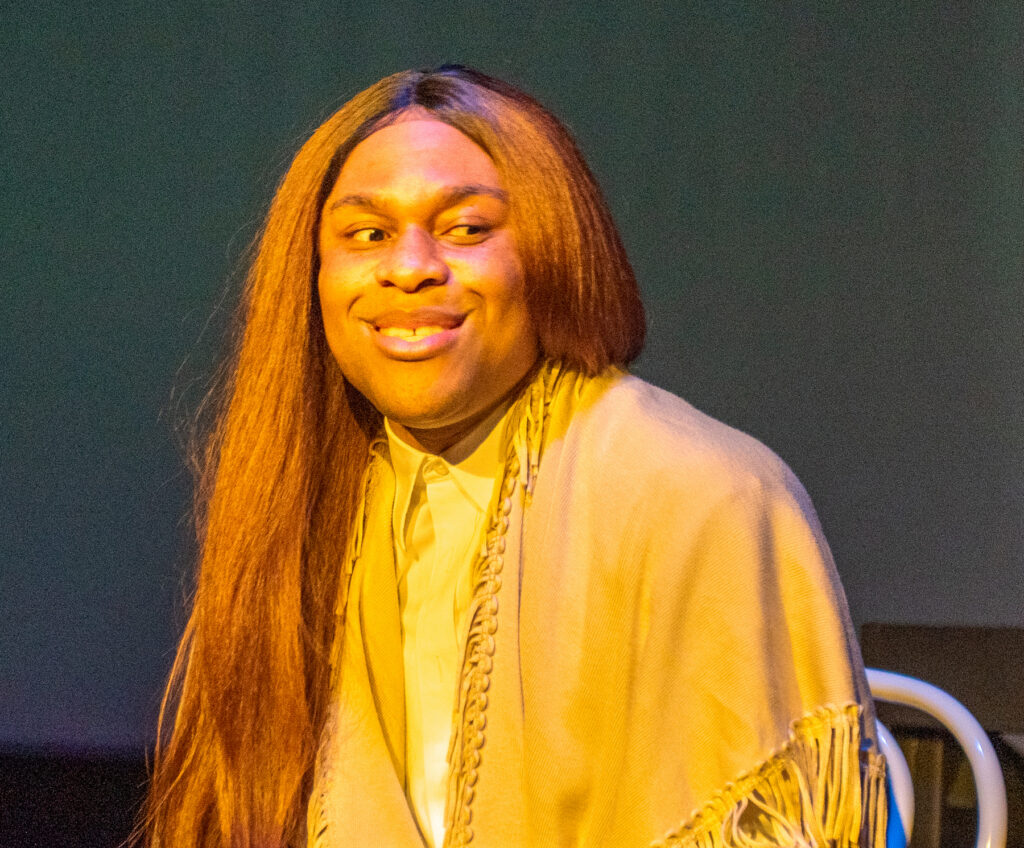In 1991, in the Crown Heights area of Brooklyn, NYC, a car in a three-car procession carrying the Lubavitcher Hasidic Rabbi hit another car. It swerved onto the sidewalk, hit and killed Gavin Cato, a Guyanese Boy, and injured his cousin Angela. Rumors spread that the Hasidic ambulance attended to the people in the car and left the black children bleeding. Later in the evening, a group of young men fatally stabbed Yankel Rosenbaum, a scholar from Australia. Tensions erupted over the next three days as black people torched businesses, Lubavitcher headquarters, and fought police. Hasidic patrols responded with their own violence. Tensions had been brewing between these two communities for a while and the conflict reflected the systemic racism and the discrimination against immigrants that the Black Community from Crown Heights faced as many were Afro-Caribbean, and the antisemitism the Lubavitchers faced as Orthodox Jewish people who had fled Nazi Germany. This is especially timely with the rise of Nazism in the U.S. in recent years and the perpetual culling of Black life.
Thanks to Firehouse Theatre’s production of Anna Devere Smith’s Fires in the Mirror: Crown Heights, Brooklyn and Other Identities, I had the opportunity to experience this play in our current context. It is a clever production that stays with you long after seeing it because of the subject matter and the way that subject matter is handled. The play is composed of monologues based on interviews with real people, either those directly involved in the conflict or Crown Heights locals commenting on the incidents and ensuing riots.
In Act One, characters deliver monologues centered around issues of identity, laying the groundwork for the open discussion of the 1991 Crown Heights conflict in Act Two. The show opens on music and a slideshow. The performer, Jamar Jones, sighs and glides across the stage picking up this and that, dressing in an outfit to represent, as the screen behind the performer says, Nzotake Shange. Nzotake Shange is the playwright of “For Colored Girls Who Have Considered Suicide/When the Rainbow Is Enuf.” The play opening on the thoughts of the playwright seems to be a meta-commentary on the message of the play. The first sound of the dialogue is “Hummm” and the first word is “Identity.” The ensuing monologue is a meditation on what defines identity or how an individual might realize it. After the monologue, the performer resumes their sighs and humming as they change into the next costume while the screen behind changes. The rest of the play follows this format.
Despite the number of monologues, the play seems to pass quickly, likely because of the swiftness of the costume changes, which feel like a refresher each time. The quick pacing doesn’t detract from the monologues’ impact at all. The short monologues, offering limited glimpses into varying perspectives, are staggered amongst the longer monologues, serving to punctuate the longer scenes, or to underscore key moments or ideas.
What I noticed immediately was the staging – every space on the stage was occupied and utilized at some point. Director Katrinah Carol Lewis developed the play in such a way that performer Jones was able to express their dynamism with gusto. There was never a dull moment, in spite of the production’s minimal use of set pieces and props.
Stage Manager Emily Vial selected props that worked well together. The props were used in different ways – a chair, a teacup, two tables, a box, a phone all appear and reappear in different scenes. The addition of the mirror was astounding. It clearly spoke to the themes of identity and revelation without ever feeling heavy-handed due to the performer’s interactions with it and its movement around the stage.
Margarette Joyner’s costume design was distinct and culturally sensitive. A mere bushy beard, a blazer, and a wide-brimmed hat for a Hasidic Jewish man worked well to convey the background of the person. Some of parts of the costumes were matched well with others which made for a cohesion visually and allowed for quick costume changing.
The volume of the sound and the timing of the changes was precise – Bobby Finley’s music selection was good for immersion in the time period. I particularly enjoyed the inclusion of TLC’s “Ain’t too Proud to Beg.”
I mentioned that the performer was dynamic. I don’t think this play would have worked as well if Jamar Jones hadn’t been so emphatic with their body language. There was a lot of face-acting too – I think Jones really embodied the people they were emulating. The portrayal of Angela Davis was especially fun. Jones walked around the stage sitting on a table, standing, getting their feet tangled in a phone cord. A lot of moments garnered laughter due to Jones’s sense of timing and inflection–respectfully done, of course. Part of that is certainly due to the work of the dialect coach, Erica Hughes, who led Jones to speak with differing accents without the performer sounding like a caricature. There were a few times where the voice they used to speak as a woman was a little high-pitched when, in my opinion, a different affectation in tone and bearing and costuming is enough to convey womanhood.
Firehouse Theatre’s production of Fires in the Mirror: Crown Heights, Brooklyn and Other Identities was thoughtful and enjoyable. I was told that traditionally the play was done by a woman. I think that Jones did a great job with the dialogue, material, and costuming, sighing and humming their way through a play that was equal parts grave and fun. This is a piece of history that I’m glad is being discussed through art in such a way that the audience gets to understand the different perspectives. It gives new life to the incident without inciting conflict by demonstrating the conflict through the performance of many varied perspectives.



